Understanding the benefits
From custom crimps and threaded fittings to midsection attachment points and end terminations, mechanical assemblies enable wire-based products to meet the needs of complicated applications. Our integrated operations allow you to streamline your manufacturing process, knowing that your custom parts will arrive just the way you need them.
Typical end uses
When you're designing a custom mechanical assembly, you define the end uses. We've seen our customers put their designs to work in:
- Articulation devices
- Laparoscopic or robotic surgery devices
- Minimally invasive surgical instruments
Design specifications
Mechanical assemblies can be as basic as selecting the treatment to the ends of cut to length strands and cables, or as complicated as customer terminations and midsection fittings.
Strands and cable end options
If you're trying to find the best strand or cable for your application, you can learn more about different alloys and constructions here. When you need those strands or cables cut to length, we use the following end options to ensure they arrive ready for use.
- Bead and swage
- Beaded
- Encapsulated (rounded)
- Fused
- Shear
Mechanical assembly components
To make choosing the right components for your assembly easier, you'll find information about different fittings below to help you prepare for a conversation with our New Product Development engineering teams.
|
|
Ball
|
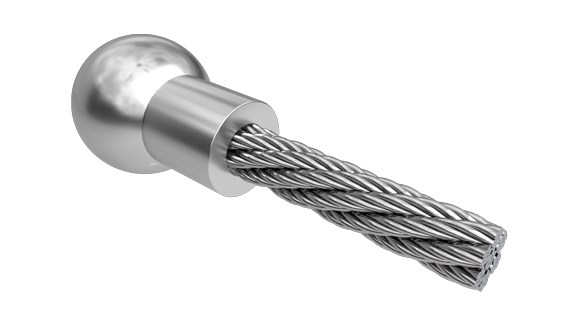 |
Ball and shank
|
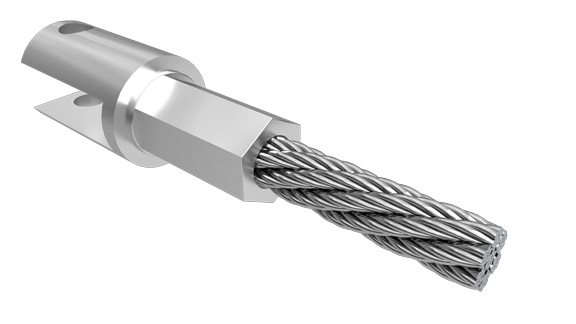 |
Clevis ends
|
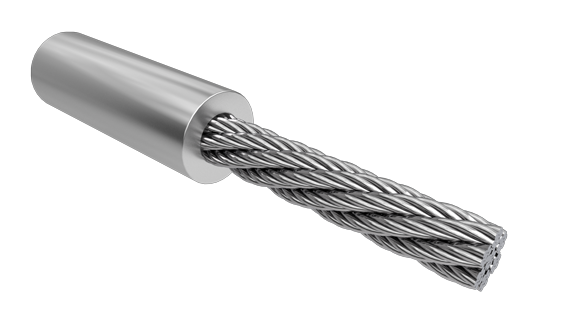 |
End stops
|
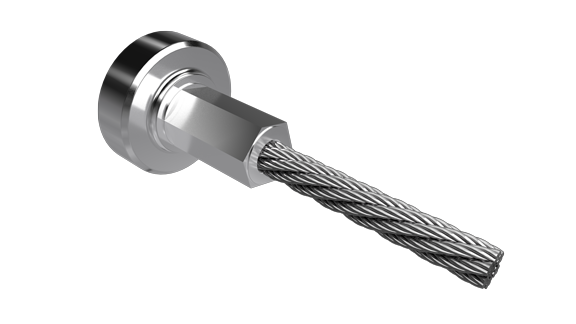 |
Flanged stop
|
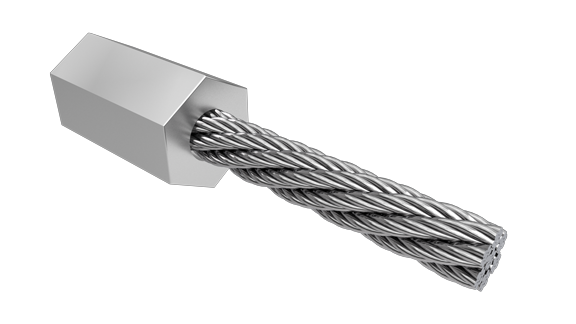 |
Hexagonal or square end stops
|
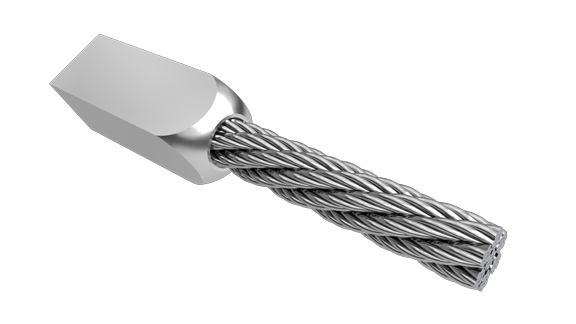 |
Radiused end stops
|
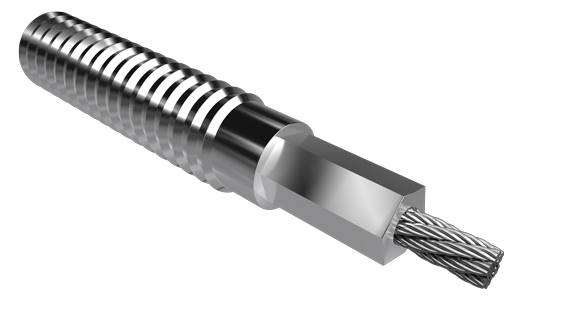 |
Threaded fittings
|
Additional processing capabilities
Our mechanical assemblies can be further customized with additional processing, such as:
- Coating to provide electrical insulation or chemical separation
- Laser ablation for customized coating coverage
- Electro discharge machining to create precise lengths
- Grinding to create flush ends of crimped assemblies
